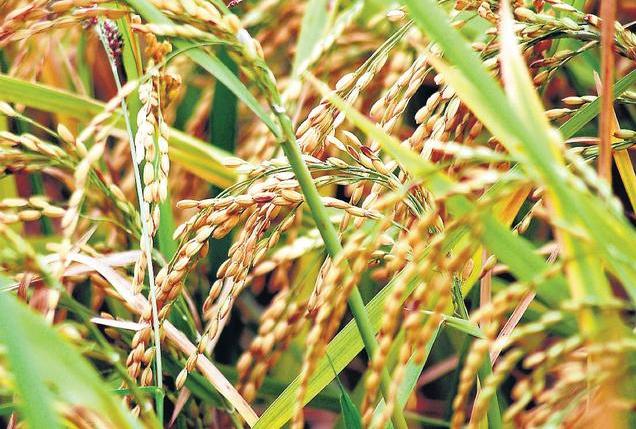For centuries they have been gastronomic delights. While one variety is an offering for gods as well as staple for the masses, the other is remarkable for retaining its aroma for around a year. ‘Tulaipanji’ and ‘Gobindobhog’ rice, both from West Bengal, have approached the GI registry seeking the prestigious tag.
The GI tag is given to a product to indicate its specific geographical location or point of origin. The tag ensures none other than those authorised are allowed to use the product name.
Underlining the need to protect the rice varieties from counterfeit ones, the petition said GI protection would increase market potential for in the domestic and foreign markets.
Gobindobhog rice
According to the report submitted by state government authorities, ‘Gobindobhog’ is a non-basmati indigenous, aromatic rice of West Bengal being grown in the state for the past 300 years.
It is has short white kernels with a good cooking quality and pleasant aroma. It is mainly cultivated during kharif season in Burdwan district.
The boiled rice is offered to Lord Krishna during religious ceremonies. A 17th century religious literature mentions it as a ‘bhog’ (offering) for the Hindu god. People also use it a table rice with dal (pulses).
Tulaipanji rice
GI was also sought for ‘Tulaipanji’ rice, which finds mention in a Sanskrit scripture of 1300 AD. The name comes from a Bengali word that means aromatic and soft, like cotton. What sets the rice apart from other varieties is that the grains can retain the aroma for around a year.
The cooked rice is whitish-yellow, slender, non-sticky and tasty. The rice is excellent for preparation of pulao, fried rice and biryani. Another distinct feature of the rice is its disease-pest resistance.
The rice producers are spread all over the state, and around 12,110 tonnes of the rice was sold during 2013, said the report.
The image is a representative one








